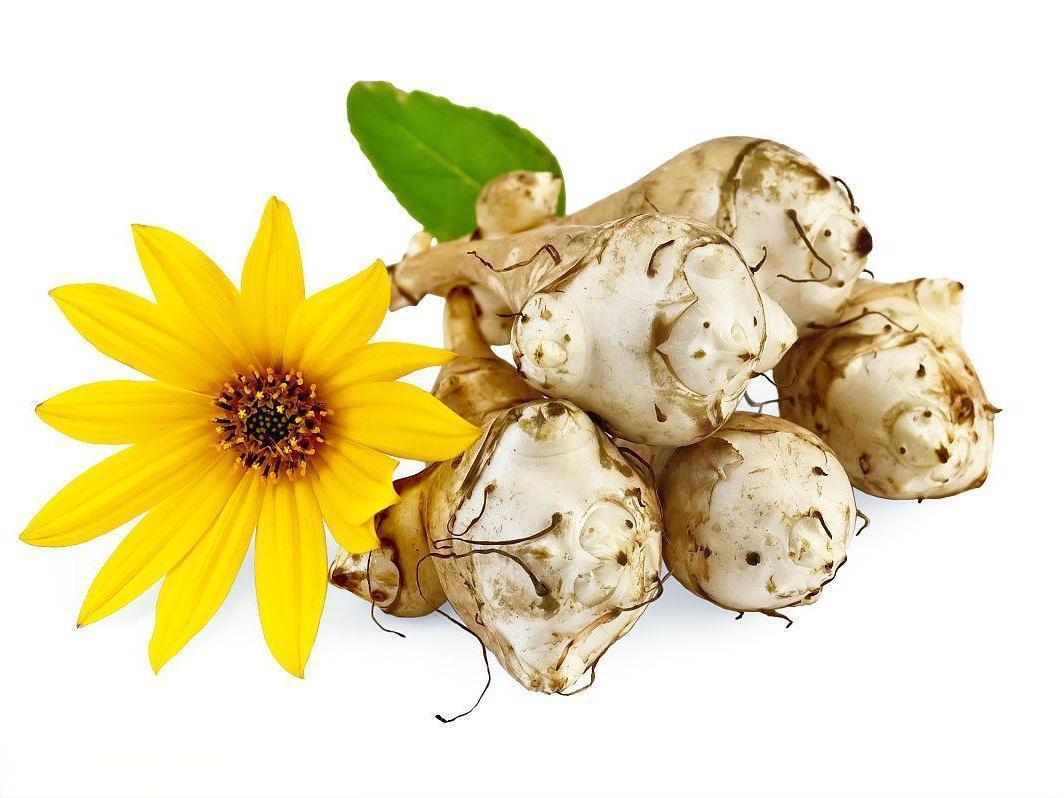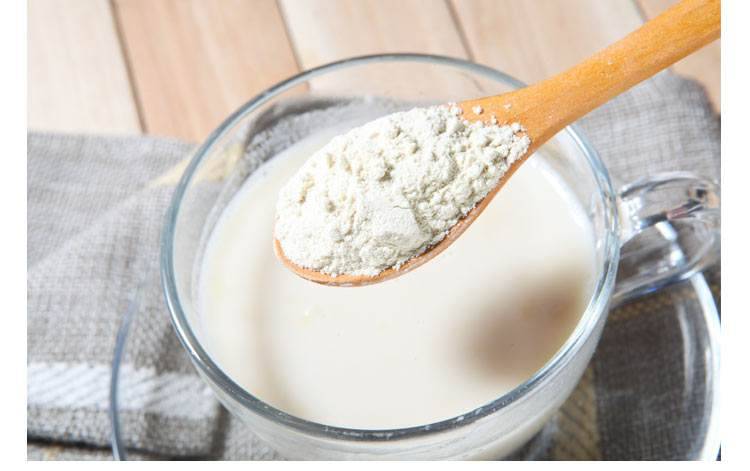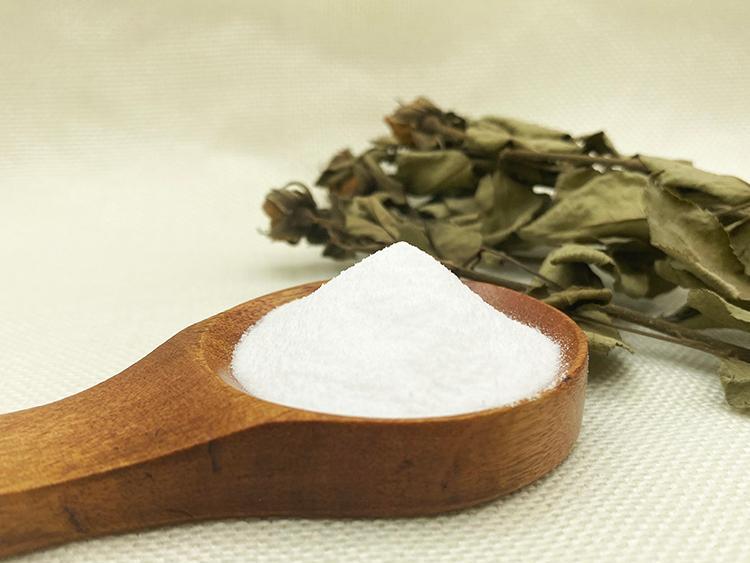What Is Inulin?
Inulin,is a kind of natural functional polysaccharide, which mainly exists in plants. At present, there are 3,600 kinds of plants in the world containing inulin, accounting for about one-third of the total amount of plants, among which the highest content of inulin in Asteraceae, Asteraceae, and Chicory is 14%~19% and 15%~20%, respectively. Inulin also exists in some bacteria, such as Bacillus, Lactobacillus, Streptococcus, etc. Actinobacteria and Inulin are also found in some bacteria, such as Bacillus, Lactobacillus, Streptococcus, Actinomyces, etc.
1.Chemical Structure of Inulin
Inulin is D-fructofuranose linked by β(1→2) bonds to form a straight-chain polyfructose with a glucose group at the end. Inulin is affected by plant species, growing conditions, processing methods, and other factors, so the fructose polymerization degree differs. Generally, the polymerization degree of inulin is 2-60, and when the polymerization degree is 2-9, it is called oligofructose. Endogenous enzymes hydrolyze inulin to obtain two types of oligomers, GFn-type and Fn-type; GFn-type is connected to glucose at the end and does not have reducing properties, while Fn-type is connected to fructose at the end and has certain reducing properties.
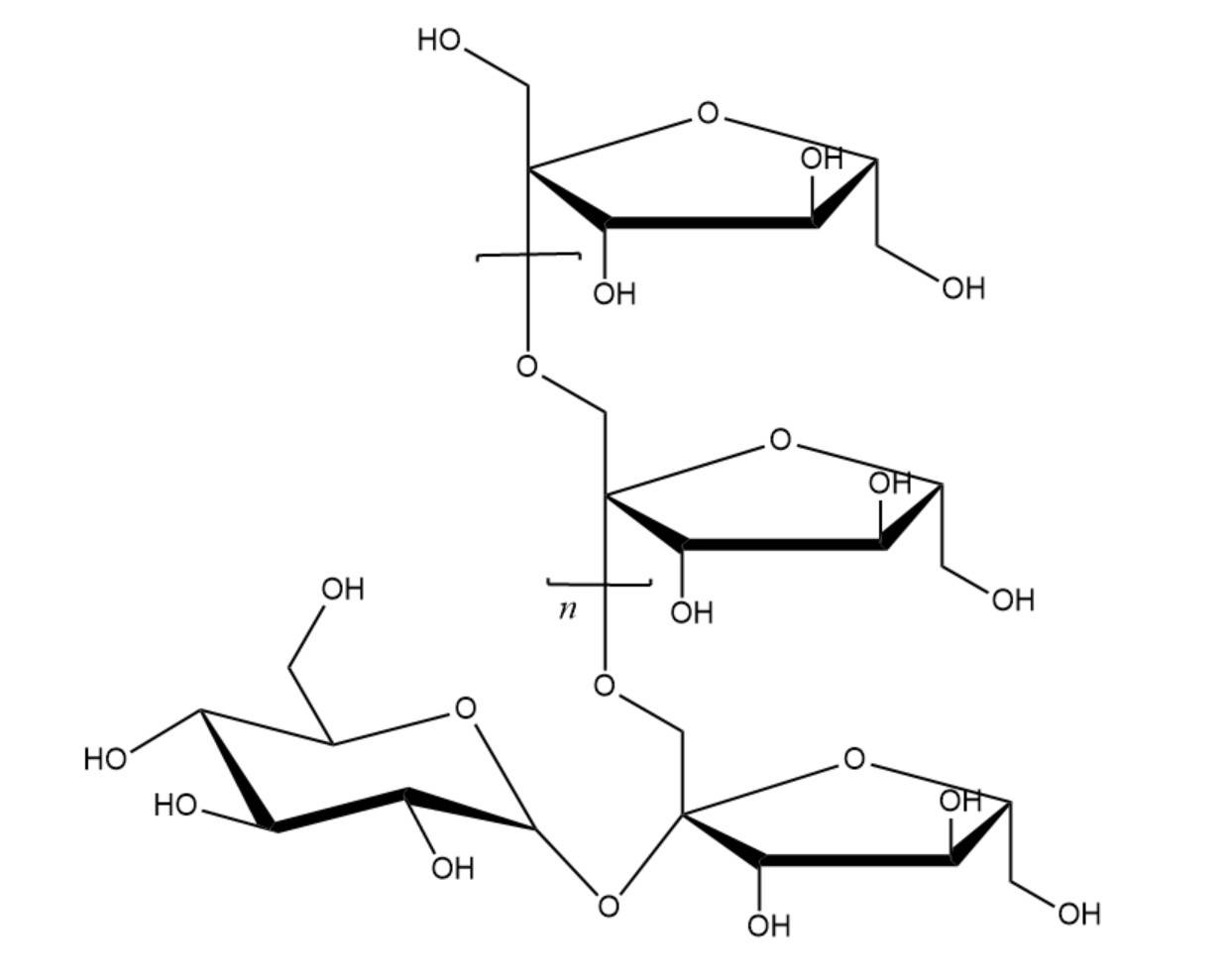
2.Physical and Chemical Properties of Inulin
Inulin is generally a white powder, amorphous, pure odorless, but generally mixed with a small amount of monosaccharides or disaccharides and slightly sweet. Inulin has a melting point of 178℃ and a specific gravity of 1.35, and it is easy to absorb water in the air. Inulin is soluble in water, slightly soluble in cold water and alcohol, the solubility in water increases with the temperature, the solubility is 6% at 10℃, and 35% at 90℃; and the solubility of inulin is also related to its polymerization degree, the larger the polymerization degree, the smaller its solubility.
Inulin dissolved in water to form a solution showed a certain viscosity, with the increase of the content of inulin in the solution, the viscosity of the solution increased, when the concentration of the solution reached 30%, the properties of the solution changed, and began to form a gel. The higher the content of inulin in the solution, the faster the gel formation, when the content of inulin reaches 50%, the gel formation is solid.
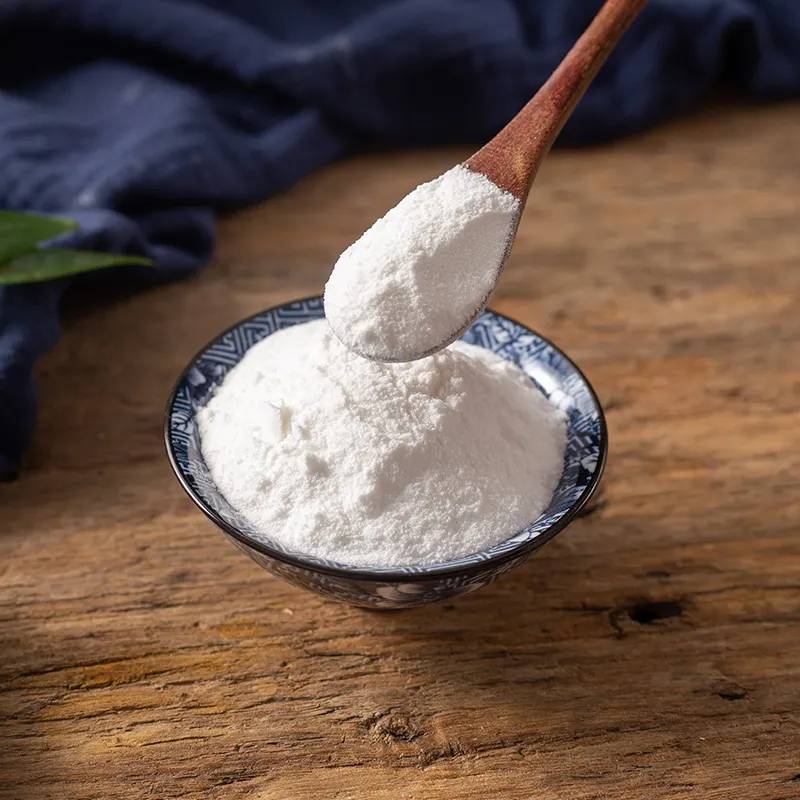
Studies have shown that inulin can be used as a fat substitute by inducing shear or heat dissolution of inulin gel to produce fat-like substances.Hennelly(2006) studied the addition of 0%, 23%, and 63% induced shear of inulin gel and heat dissolution of inulin in cheese to replace fat, and the hardness of cheese increased with the increase of the amount of the added substance (p<0.05), but it did not affect the melting property of the cheese. Observation with an electron microscope showed that the addition of inulin reduced the protein cross-linking network structure; the results showed that 63% of inulin could be added to cheese to replace fat without affecting the flavor properties of the product.
Inulin has good bonding rheological properties, and it can be used as an additive in pasta products to maintain good morphology. Moscatto et al. (2006) determined the optimum amount of inulin to be added to chocolate cake by surface reaction experiments. When 6% of inulin and 126 ml of water were added to wheat flour, the cake obtained the best hardness of 3.638, the best bonding property of 0.691, and the best appearance of volume of 1.86 cm3/g. The results were summarized as follows.
3.Physiological Functions of Inulin
Inulin is one of the few soluble dietary fibers found so far, and it is an enhancement factor for bifidobacteria and lactobacilli in the body, which has important physiological functions.
3.1 Improvement of Intestinal Microenvironment
Inulin cannot be digested in the stomach, but after entering the intestine, it is fermented by beneficial microorganisms to produce short-chain fatty acids, which can lower the pH value in the intestine, inhibit the growth of some harmful bacteria, and produce toxins. In the intestinal tract, like some colloids and oligofructose, inulin is a preferred food for bacteria, which can maintain the balance of the number of beneficial bacteria in the intestinal flora, so that the number of probiotics increases and the number of harmful bacteria decreases.
In a human model, Gibson (1995) added 15 grams of inulin to each person's daily diet for 15 days and found that the number of lactobacilli and bacteria in the intestinal tract increased by about 10% during this period, and diseases related to Gram-positive bacteria were reduced. Bifidobacteria produce beneficial short-chain fatty acids such as acetic acid, propionic acid, and butyric acid when digesting inulin. Spiller (1994) found that the first two could be utilized by the liver as energy sources, while butyric acid prevented the production of cancer cells in the intestinal tract.
Reddy (1997) showed that inulin could also avoid the cloning of early-stage colon cancer cells in animal studies. Inulin has strong water absorption, can increase the volume of feces, dilute the intestinal nitrosamines, phenols, and other toxic substances, reduce the irritation of these substances on the intestinal tract; at the same time, it can also accelerate intestinal peristalsis, speed up defecation, reduce the feces in the intestinal tract to stay time and prevent intestinal diseases.
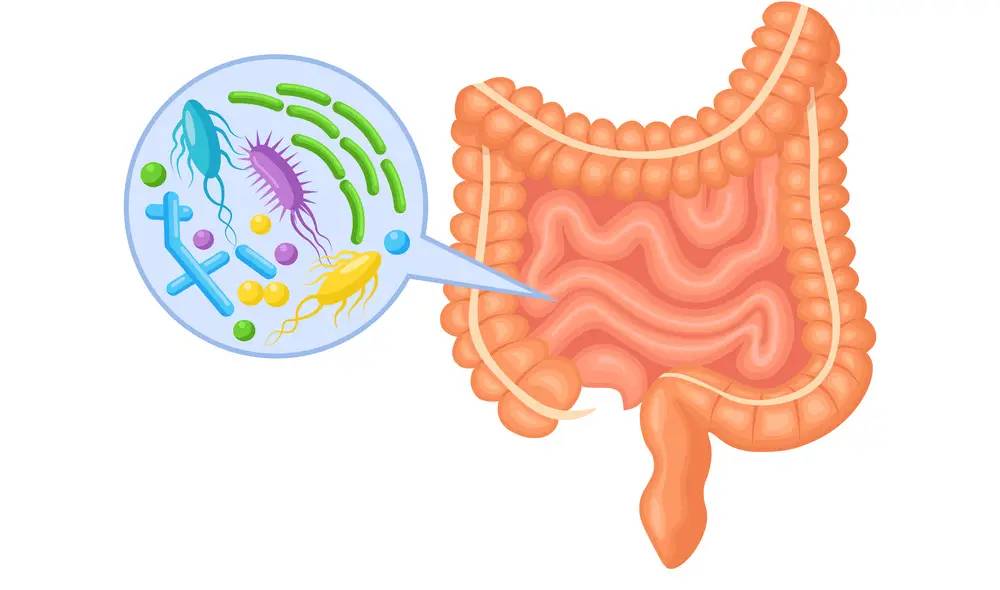
3.2 Promote Mineral Absorption
Minerals are important nutrients needed by the human body, especially calcium, magnesium, and other bone-forming elements play an important role in the human body if the lack of these substances will lead to a variety of diseases, and affect the exchange of substances and metabolism in the body. Teenagers need a lot of calcium during their growth period when their bones are growing fast.
Research from the United States found that adding 8 grams of inulin to the daily diet of adolescents will increase calcium absorption by about 20% and promote bone growth. Some recent studies have shown that inulin can stimulate the intestinal absorption of certain minerals and metals. charles Coudray et al. (2006) used an isotope assay to study the role of inulin in the absorption of zn and cu in rats. They arbitrarily grouped four Wistar rats (n=80) of different ages (2, 5, 10, and 20 mo) into groups, added 3.75% inulin to the diet of each group every day for the first 4 days, and then fed 7.5% inulin every day for the next 21 days, after which, after 21 days of the experiment, the inulin was administered to each group using an isotope assay, which was found to increase the absorption of calcium by about 20%. After 21 days, zn and cu uptake were determined by monitoring zn 67 and cu 65 isotopes in the excreta of Wistar rats.
The results showed that zn 67 and cu 65 uptakes in 11 and 21 mo Wistar rats were significantly lower than that in 3 and 6 mo Wistar rats and that zn 67 and cu 65 uptake was significantly increased by increasing the intake of inulin, suggesting that age and the intake of inulin can affect zn and cu uptake in the organism.
3.3 Regulation of Blood Sugar
Inulin cannot be digested and decomposed by the body to become absorbable sugar, so it does not affect the blood glucose level, and inulin has a certain effect on regulating blood glucose. There are indications that inulin can lower blood glucose levels in patients with type II diabetes and that it can prolong gastric emptying time or shorten intestinal transportation time. The production of propionate inhibits gluconeogenesis, reduces plasma-free fatty acid levels, and contributes to insulin resistance.
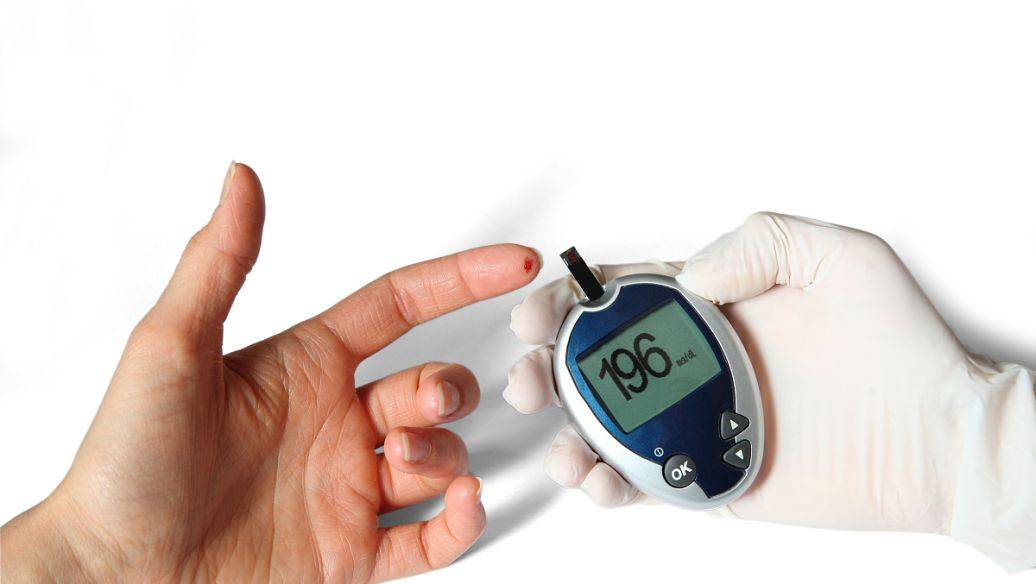
3.4 Lowering Blood Lipids
The effect of inulin on lowering blood lipids is mainly in two aspects: on the one hand, it inhibits lipolytic enzymes from degrading ingested fats, so that the digestion of fats in the body is blocked, and these dietary fibers and fats form a complex with the feces, thus decreasing the absorption of fats in the body; on the other hand, inulin can regulate the blood lipid level by lowering the content of cholesterol and triglycerides in the blood. Undigested inulin is fermented by Bifidobacterium bifidum in the intestinal tract to produce short-chain fatty acids and lactate. Propionic acid in short-chain fatty acids inhibits cholesterol synthesis and increases bile secretion, while lactate regulates the metabolism of the liver, thus lowering the level of blood lipids. Daily supplementation of a certain amount of inulin-containing food can effectively alleviate the symptoms of some diseases caused by high blood lipids.
Trautwein (1998) conducted animal experiments to show that, in Syrian hamsters daily diet (including 20% fat, 0.12% cholesterol) added 8%, 12% or 16% inulin, 5 weeks later found that, compared with the control group, was fed 8%, 12% and 16% inulin hamsters plasma total cholesterol concentration were reduced by 18%, 15% and 29%; VLDL cholesterol was significantly reduced, and VLDL cholesterol was reduced by 15% and 29%, respectively. The total plasma cholesterol concentration of hamsters fed with 8%, 12% and 16% inulin decreased by 18%, 15% and 29%, respectively; the VLDL cholesterol decreased significantly, while the LDL cholesterol and HDL cholesterol did not change. The lipid-lowering effect of inulin may be attributed to the alteration of hepatic triglyceride synthesis and VLDL secretion and the reduction of circulating bile acid reabsorption.
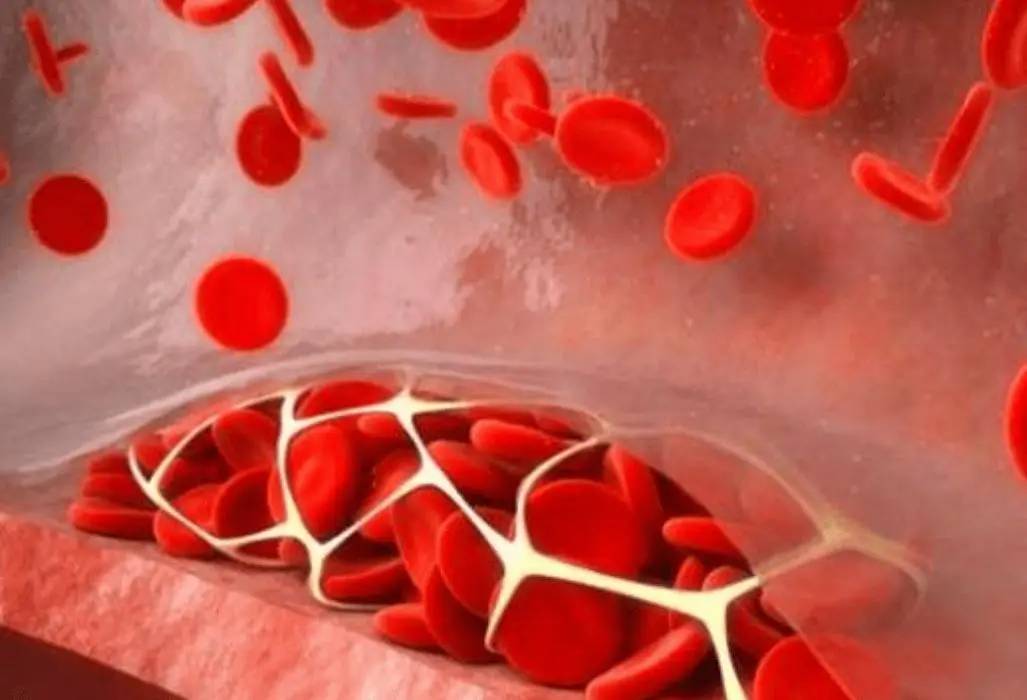
3.5 Prevention of Obesity
Inulin is a soluble dietary fiber, that can not be digested and absorbed in the mouth, stomach, and small intestine, but can only be completely fermented by certain intestinal bacteria, producing short-chain fatty acids and lactic acid, which is a low-energy food. Inulin absorbs water in the stomach and swells to form high viscosity colloid, which makes it difficult for people to feel hungry and prolongs the emptying time of the stomach, thus reducing the amount of food intake, decreasing the residence time of the food in the small intestine, and also forming complexes with proteins, fats, and other substances in the small intestine, which is not conducive to the absorption of these nutrients, and thus achieves the purpose of weight loss.
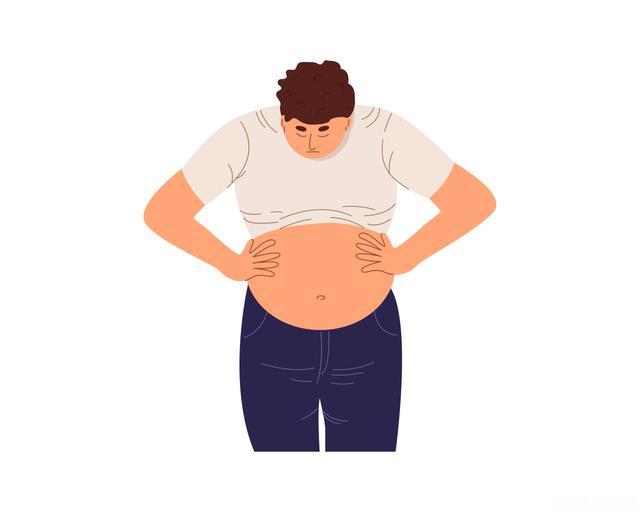
3.6 Anti-cancer
Inulin has a potential anticancer effect, which comes from the short-chain fatty acids produced after fermentation, especially butyric acid, and the inhibition of cell proliferation by high concentration of calcium and magnesium ions.
Some studies have found that butyric acid can be absorbed and metabolized in the epithelium of colon mucosa, which can promote the proliferation of intestinal epithelium, regenerate columnar cells and cup cells, increase mucus in cup cells, maintain the integrity of the mucosa of the colon and the whole intestinal tract, repair the DNA of damaged epithelium, inhibit the growth of many kinds of tumor cells, and induce the differentiation of cells; at the same time, sodium butyrate can also induce the apoptosis of cancer cells through many pathways, and it has a significant anticancer effect. In addition, inulin can enrich calcium and magnesium ions in the intestinal tract, resulting in an increase in the concentration of these cations and controlling the proliferation rate of cancer cells.
4.Application of Inulin in the Food Industry
Inulin is a kind of functional dietary fiber, which can be added to different kinds of food due to its sweet taste and structural characteristics. In the United States, the average daily intake of inulin per person is 1~4 grams; in Europe, the average daily intake will be higher.
4.1 Application in Dairy Products
Inulin is widely used in various dairy products, and it is added to low-fat and skimmed milk products to replace fat. Inulin is a soluble fiber, and when mixed with water, it can produce a fat-like taste, which is delicate and smooth in the mouth, not only reducing the fat content of dairy products but also enhancing the taste of dairy products.
Adding inulin to yogurt enhances the effect of bifidogenic factors in yogurt and improves the nutritional value of yogurt. Inulin has special nutritional functions and can be used to make functional dairy products for some special groups.
Adding inulin to middle-aged and old-aged dairy products can effectively increase the dietary fiber content of dairy products, and at the same time, inulin has the function of promoting the absorption of calcium, which is in line with the dietary nutritional needs of the elderly. In some low-sugar dairy products, inulin is added to replace sucrose, and the taste of commercial inulin is slightly sweet, which is not digested and absorbed in the body and does not affect the blood glucose level, so it is suitable for diabetic patients to consume.
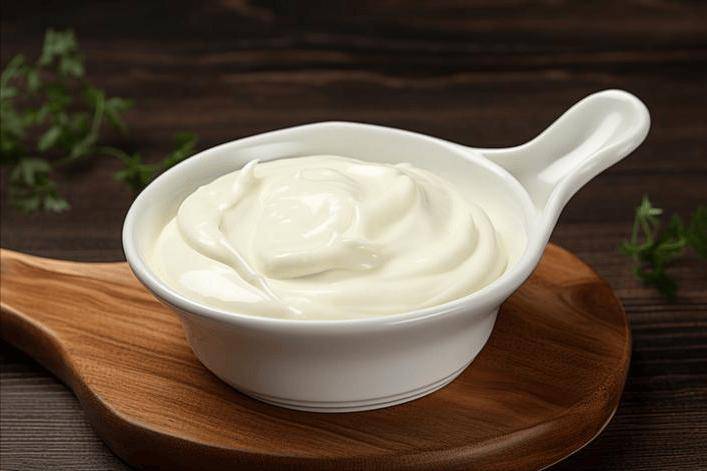
4.2 Application in Cold Drinks
Adding a certain amount of inulin instead of fat in ice cream can still make ice cream have a good sense of grease and shape preservation because it can keep a lot of water in the milky structure, while not changing the taste of grease.
4.3 Application in Pasta
Inulin has certain anti-aging effects, adding inulin instead of fat and sugar in baked products can improve the crunchiness of baked products, with good shape preservation, and prolong the storage time of the products.

References:
[1] Zheng Jianxian, Functional oligosaccharides [M]. Beijing: Chemical Industry Press,2004. 57 - 60.
[2] He Qiang, Jiang Bo. Effect of inulin as a fat substitute in low-fat ice cream on rheology and quality[J]. Food Industry Science and Technology,2004,25(6):52-54.
[3] Chen Xiaoming, Functions of Inulin and Inulin and their Applications in Food Industry[J]. Food Science and Technology,2000,(5):34-35.
[4]Hennelly p. J, Dunne p.G, osullivan M, et al. Textural, rheological, and microstructural properties of imitation cheese containing inul- ing[J]. Journal of Food Engineering,2006, 75 (3):388—395.
[5]Moscatto J. A , Borsato D, Bona E , et al. The optimization of the formulation for a chocolate cake containing inulin and yacon meal [J]. International Journal of Food Science &Technology,2006. 41 (2):181—188.
[6]Nilsson u, Nyman M. Short-chain fatty acid formation in the hindgut of rats fed oligosaccharides varying in monomeric composition, degree of polymerization, and solubility [J]. British Journal of Nutrition,2005,94(5):705—713.
[7]FankA. prebiotics stimulate calcium absorption: a review [J]. Food Australia,2005. 57(12):530—532.
[8]Gibson G.R, Beatty E.R, wang x, et al. Selective stimulation of bifidobacteria in the human colon by oligofructose and inulin [J]. Gastroenterology, 1995, 108(4):975—82.
[9]charles coudray,christine Feillet-coudray, Elyett Gueux , et al. Dietray inulin intake and age can affect intestinal absorption of zinc and copper in rats[J]. J. Nutr.,2006 , 136 : 117—122.
[10]Menne E, Guggenbuhl N, Roberfroid M. Fn-type chicory inulin hydrolysate has a prebiotic effect in humans [J]. J.Nutr.,2000 , 130 : 1197—1199.
[11]Reddy B.s, Hamid R, Rao C. V. Effect of dietary oligofructose and inulin on colonic preneoplastic aberrant cryptfoci inhibition [J]. carcinogenesis, 1977, 18: 1371—1374.
[12]Williams c.M. Effects of inulin on lipid parameters in humans[J]. J. Nutr. , 1999, 129: 1471s—1473s.
[13]Paul A.A.coussement inulin and oligofructose: safe intakes and legal status[J]. Journal of Nutrition. 1999, 129: 1412s—1417s.
[14]E.pouteau , R. Frenais ,H.Dumon, et al. colonic fermentation of inulin increases whole-body acetate turnover in dogs[J]. J. Nutr. , 2005 , 135(12): 2845—2851.


 English
English French
French Spanish
Spanish Russian
Russian Korean
Korean Japanese
Japanese
